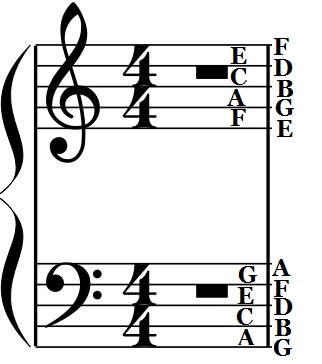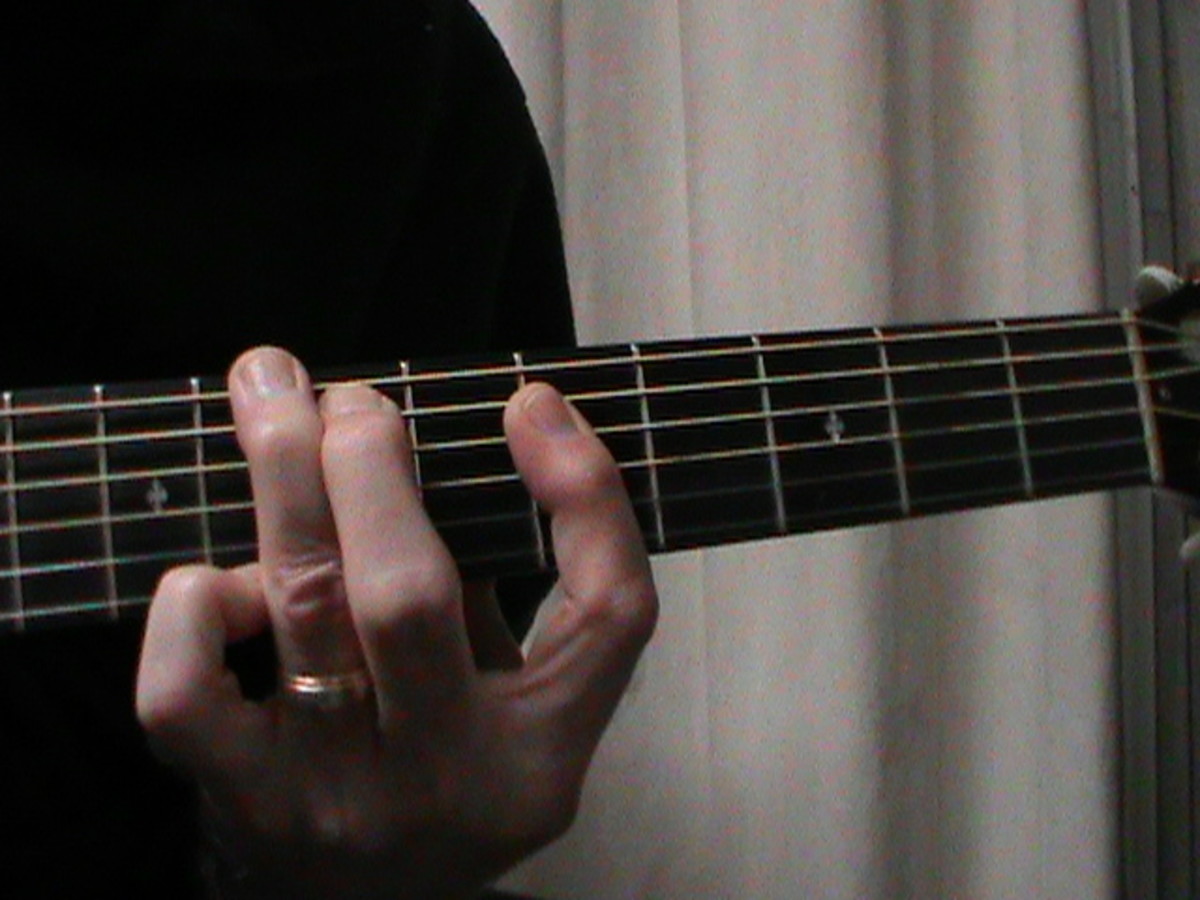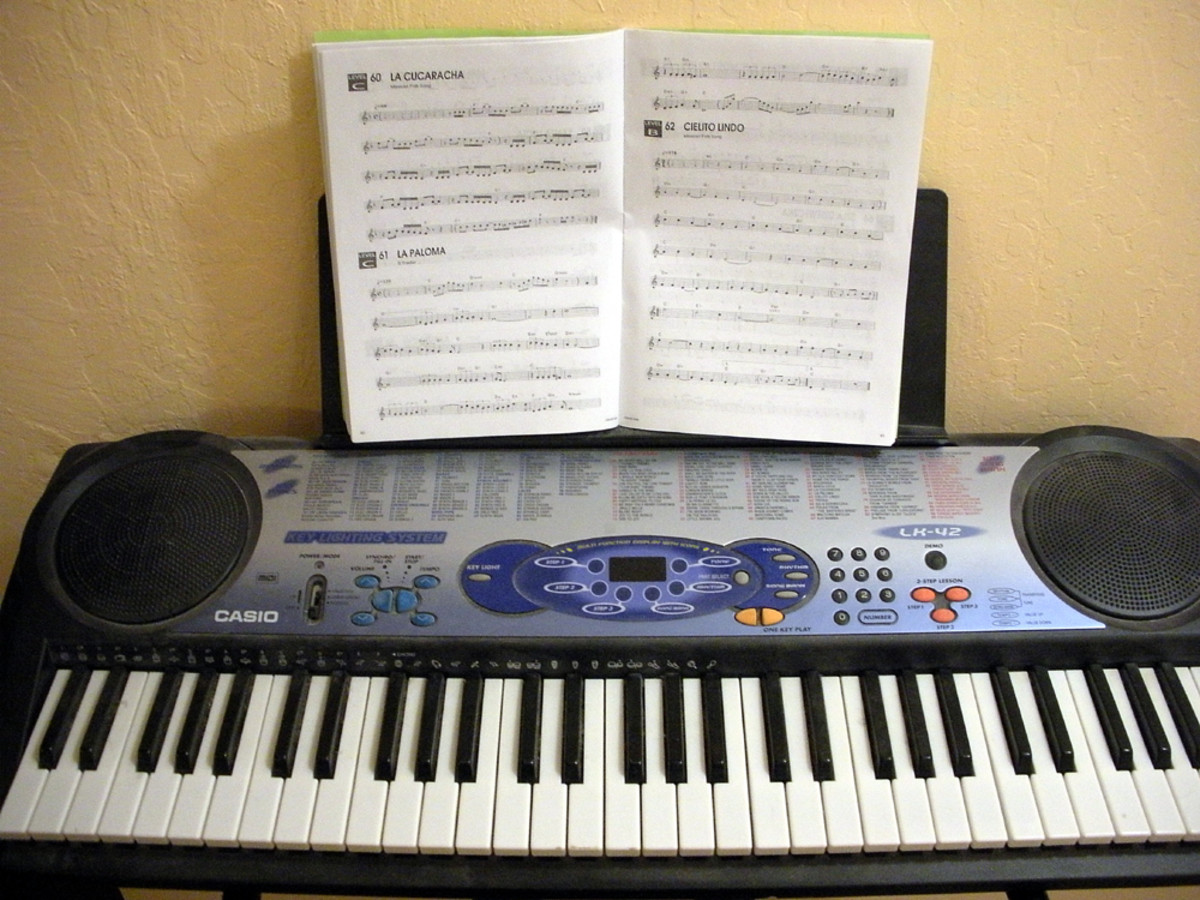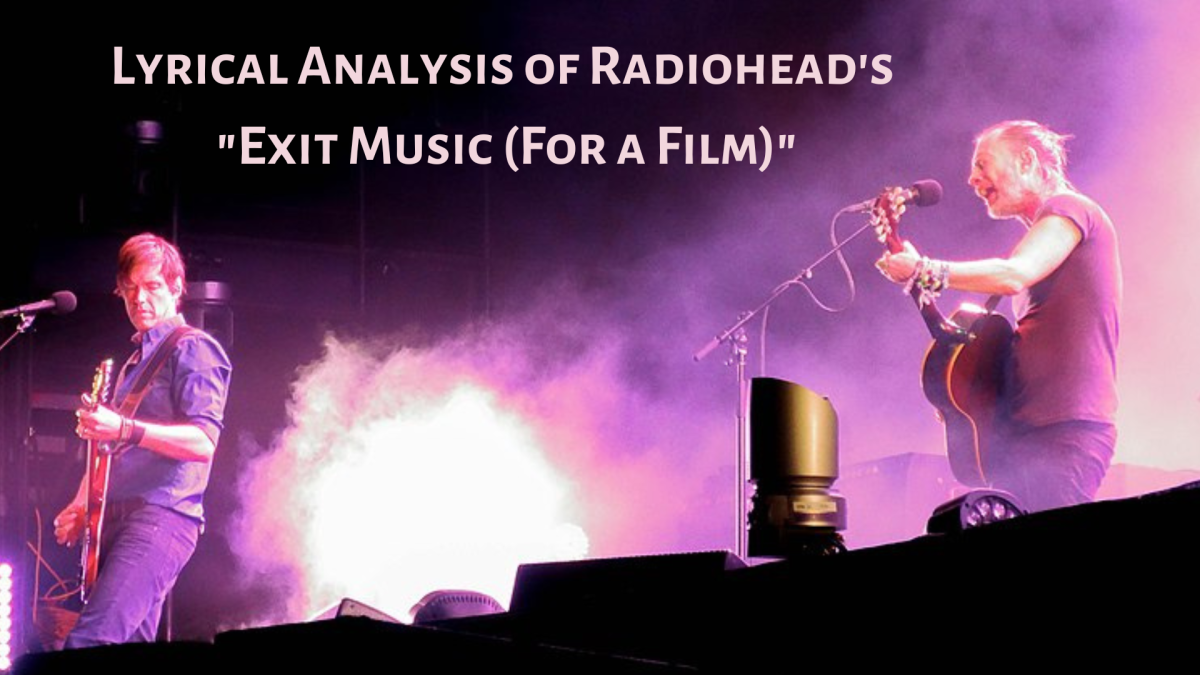Scale Runners #0: Introduction to Scales (and other basic Music Theory elements)
Hello there friends, and today I'd thought I'd take a break from video game action and slow down a little with the first of a series of hubs dealing with musical scales. Why? Well you see, I had a scenario where my characters Tamagi and Razzle were discussing things they would like to see. Tamagi mentioned that he never sees anything online that makes for a quick reference to scales, with written, audio, and image examples, and I was promptly reminded of my own experience in trying to find some kind of chart online that showed what Tamagi, and as a consequence myself, wanted: an easy to read scale guide that also contained audio examples. And thus, I'm setting out to both build an easy-to-reference series for myself and any other musicians out there who might want something like this. If you're also wondering where the name comes from, it's actually a reference to a Guitarcade game from the original Rocksmith that helps teach scales. I should also mention: If you are already familiar with how to read notes and scales you should skip this one and just move right onto Scale Runners #1, where we'll take a look at the Major Scales.
With that being said, let us begin the lesson and get to Scale Running!
What Is A Scale?

The Beatles: Can't By Me Love (Written in C Major)
Beethoven: 5th Symphony, 1st Movement (Written in C Minor)
This Jam Track Is Written in C Phyrgian Dominant
Scales are, simply put, a collection of notes, usually eight notes - or an octave as it's referred to in music. And why are scales important for anyone wanting to know how to play or write music? Well there's a variety of reasons. For instance, different types of scales can give you different types of sounds, moods, colors, and so on while offering building blocks or a framework of notes to help do that with. For instance, listen to this C Major Scale and then take a listen to the B Major Scale. Notice how they sound similar but yet different? The kind of sounds and moods one can create with C Major differentiate from what one can do with B Major. But keep in mind that you don't have to stay within the scale if you don't want to; for instance if you're doing a song in C Major, but you feel that you want to play a C# (This is read "C Sharp" and is half a step higher - we'll get to accidentals and whole & half steps later) and it works with what you want from your song go for it.
There are also different Modes when it comes to scales. Modes are essentially the type of Scale you are playing, and each Mode has its own unique characteristics. For instance, let's take C Major and turn it into C Natural Minor (Also known as Aeolian). We can even take this a step further and turn C Major into C Phyrgian Dominant. Listen to these songs on the side here, each built off of the Key of C, to see how you can make different sounds with these different Modes that are all built off of C. Keep in mind that you aren't limited to making songs in these moods or tempos or colors; you're completely free to say, write a sad song in C Major (stereotypically, Major Keys are thought of as more bright or happy sounding) or a happy, determined song in C Minor. These songs are just here as examples to the kinds of sounds you can make.
The Grand Staff
So no doubt when you looked at the C Major Scale you noticed two staves instead of one. This is what's known as The Grand Staff. The Grand Staff is used when writing music for a piano (or any similar keyboard instrument) and is made up of joining the Treble Clef and Bass Clef. The Treble Clef is used mainly used by most non-bass instruments such as guitars, clarinets, saxophones, trumpets, and so on. Bass clef is used mainly for bass instruments, such as bass clarinets, bass guitars, tubas, trombones, and so on. There are other Celfs, but they are hardly used in this day and age.
Notes on Staffs will always follow this pattern: A B C D E F G and then back to A again. Now, let's bring up a handy diagram for reading notes on Treble and Bass Clef.

So for Treble Clef, the notes are, going from line to line E G B D F,and space to space F A C E. Usually musicians will use a mnemonic device to help remember this, such as Every Good Boy Deserves Fudge for the lines, and FACE for the spaces. For Bass Clef, it's tricky as you can see the notes have changed for it. Line to line it's G B D F A, and space to space it's a C E G. But again, we can construct mnemonic devices to help us; Great Bands Do Find Audiences for the lines, and Always Craving Evening Grub for the spaces. And if there's a saying you want to use instead to recall these, go ahead and use it, as these are just examples. Also keep in mind that notes can exist above and below these staves as well. But by following the space-line-space pattern you'll be able to find where you are. You'll also use ledger lines to mark where the lines would be for notes; the C Major Example shows ledger lines being used above and below staves, and you'll surely be seeing more ledger lines in the scales to come.
Alright! Looks like we're doing good. Let's keep going.
Accidentals and Steps
So, the final piece of crucial information for scale reading are Accidentals. Accidentals are signs that appear in sheet music that directs certain augmentations to a note, namely how many Steps to move the note. See, when you go from one note to another (So, A to B for instance) we call that a Whole Step. If you've ever played a piano, going from white key to white key are Whole Steps; the two exceptions are when you move between C and B or between F and E, which are Half Steps. Going between a white key and its adjacent black keys are also Half Steps. Check out the image below to get a look at some of the more common accidentals you'll see in written music.

So, since we're on the first line in Treble Clef we would be playing an E, however see that odd pound key in front of it? That's one of the accidentals; in Music Theory he's called Sharp. When you play a note Sharp you play it a Half Step higher. So if you were on the keyboard, you would go to F, since a Half Step up from E is F - you would also pronounce this note as E Sharp, written as E#. Now you might ask why not just write it as F? Well, you'll see in the next Hub why you might not always be able to do this. The next Accidental, that b looking fellow, is called a Flat. Flats are played a half step lower, so on the keyboard you'd go to the black key that's right behind it. This note would be Eb, pronounced E-Flat. The next guy, the x, is a Double Sharp. In some instances you might have to use a Double Sharp, and what he does is augment a note a half step higher. This E would then be played as an F# (E - F is a half step, and F to F# is another half step, making one whole step). It's pronounced E Double Sharp, written as Fx. The fellow with the bb is a Double Flat, which means you play that note two half steps lower - which is again equal to one whole step lower. This E would be played as a D, pronounced as E Double Flat and written Ebb. Now again, you might ask why not just use the note that needs to be played rather than a Double Sharp or Double Flat...well when you run into Key Signatures and some tricky scales such as Phyrgian Dominant you'll have to use these Doubles. Now, when moving from one measure to the next it should be noted that all accidentals go away - that is, let's say in one measure you put in an E# - well for the next measure you'd have to write in that E# again. Here's another reason why Scales are useful : if you know you're going to use F# a lot you could write the piece in the Key of G, which uses the G Scale, and not have to manually write in F# every time you wanted to use it.
Now, in the next measure over you see that F has been raised a half step with a sharp, but there's a strange sign next to the E. This is called a Natural, which cancels any accidentals applied to that note for the remainder of the measure. This is just both written and pronounced as F Natural.
Time to Run Scales!
Alright! I'd say you've now got the basic info down needed in order to read some scales. The next installment of Scale Runners will take a look at Major Scales, or the Ionian Mode, the main building blocks for all of the other scales.Thanks for stopping by, and I will see you in the next chapter.
Other Hubs in the Scale Runners Series
Scale Runners #0: Introduction to Scales (You are here!)
Scale Runners #1: Ionian Scales
Scale Runners #2: Aeolian Scales






